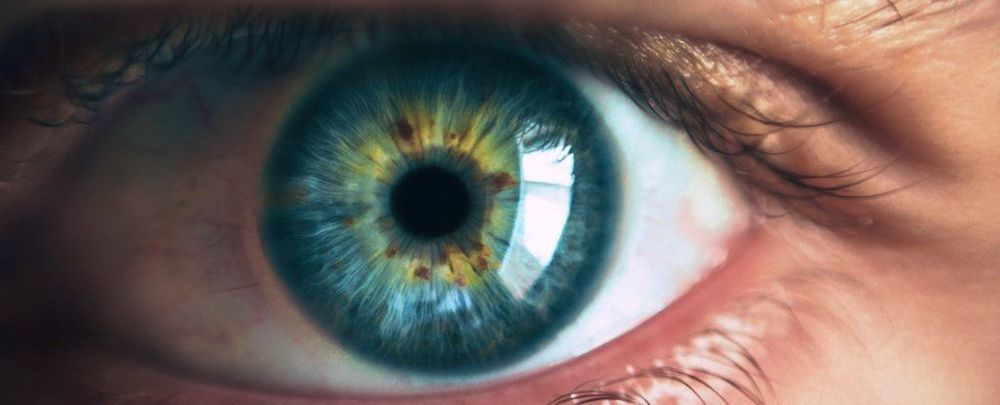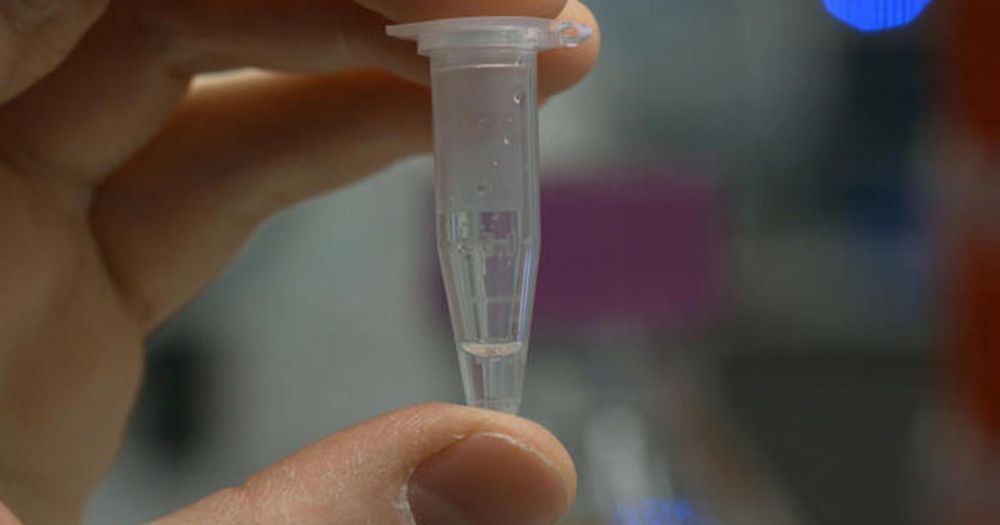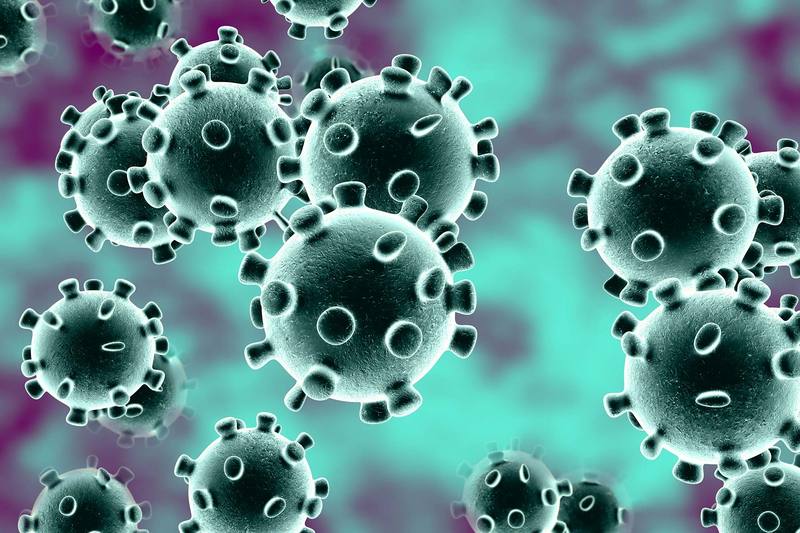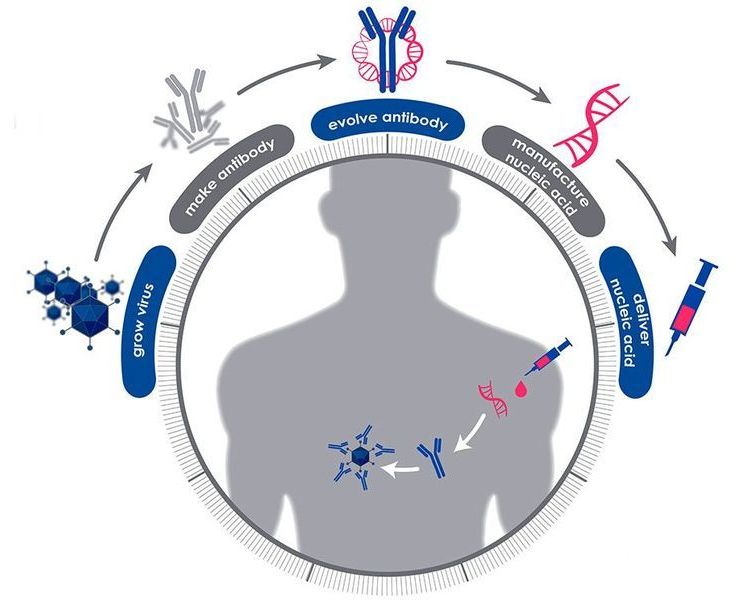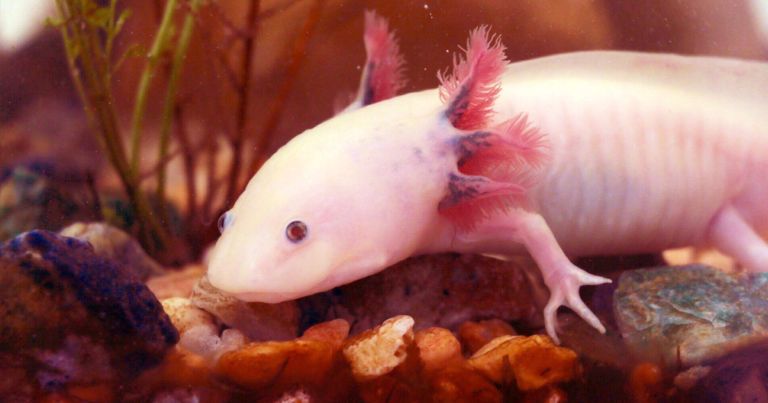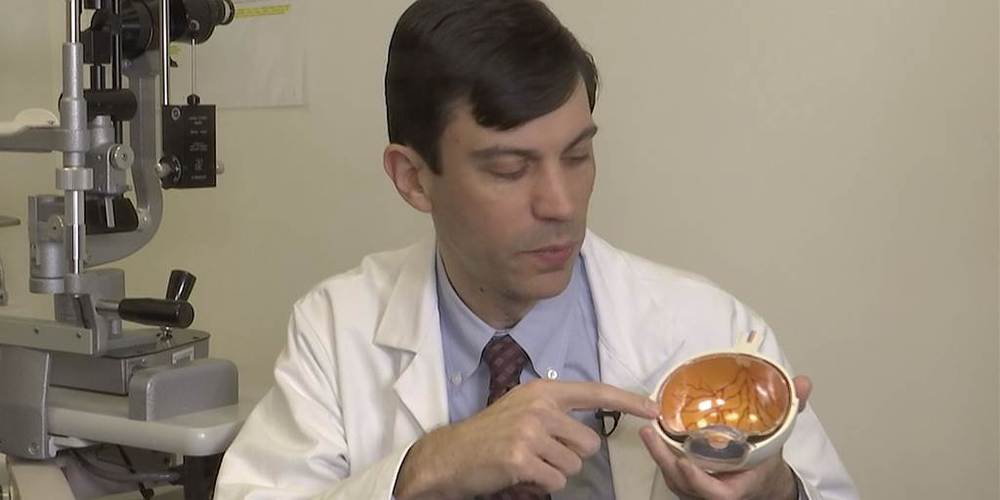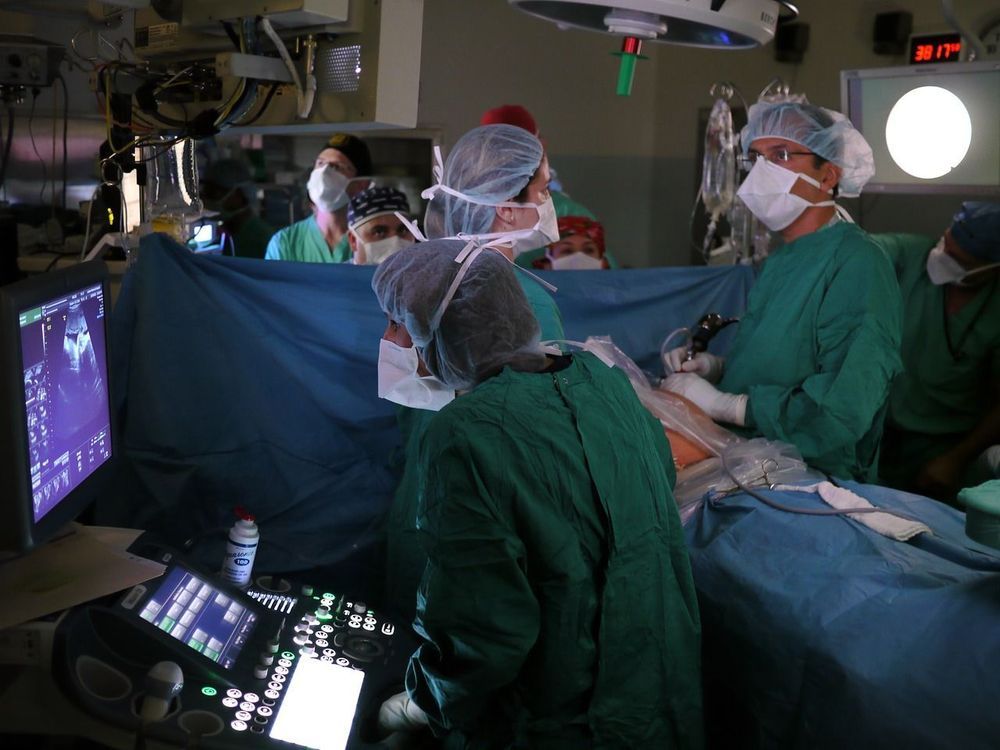For the first time, doctors have attempted to cure blindness by gene-hacking a patient with CRISPR technology.
A team from Oregon Health & Science Institute injected three droplets of fluid that delivered the CRISPR DNA fragments directly into a patient’s eyeball, The Associated Press reports, in hopes that it will reverse a rare genetic condition called Leber congenital amaurosis, which causes blindness early in childhood.
“We literally have the potential to take people who are essentially blind and make them see,” Charles Albright, chief scientific officer of Editas Medicine, told the AP.
